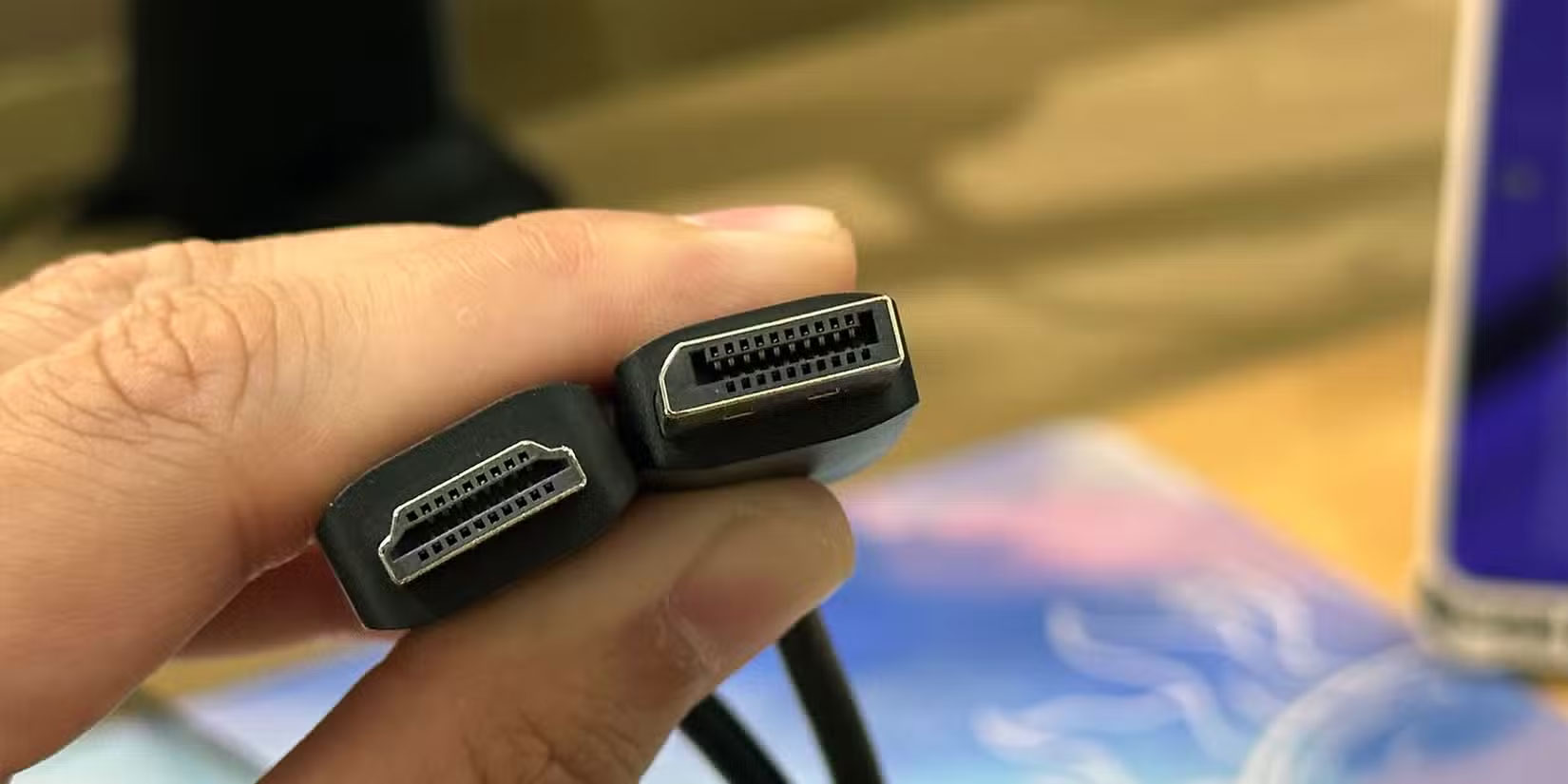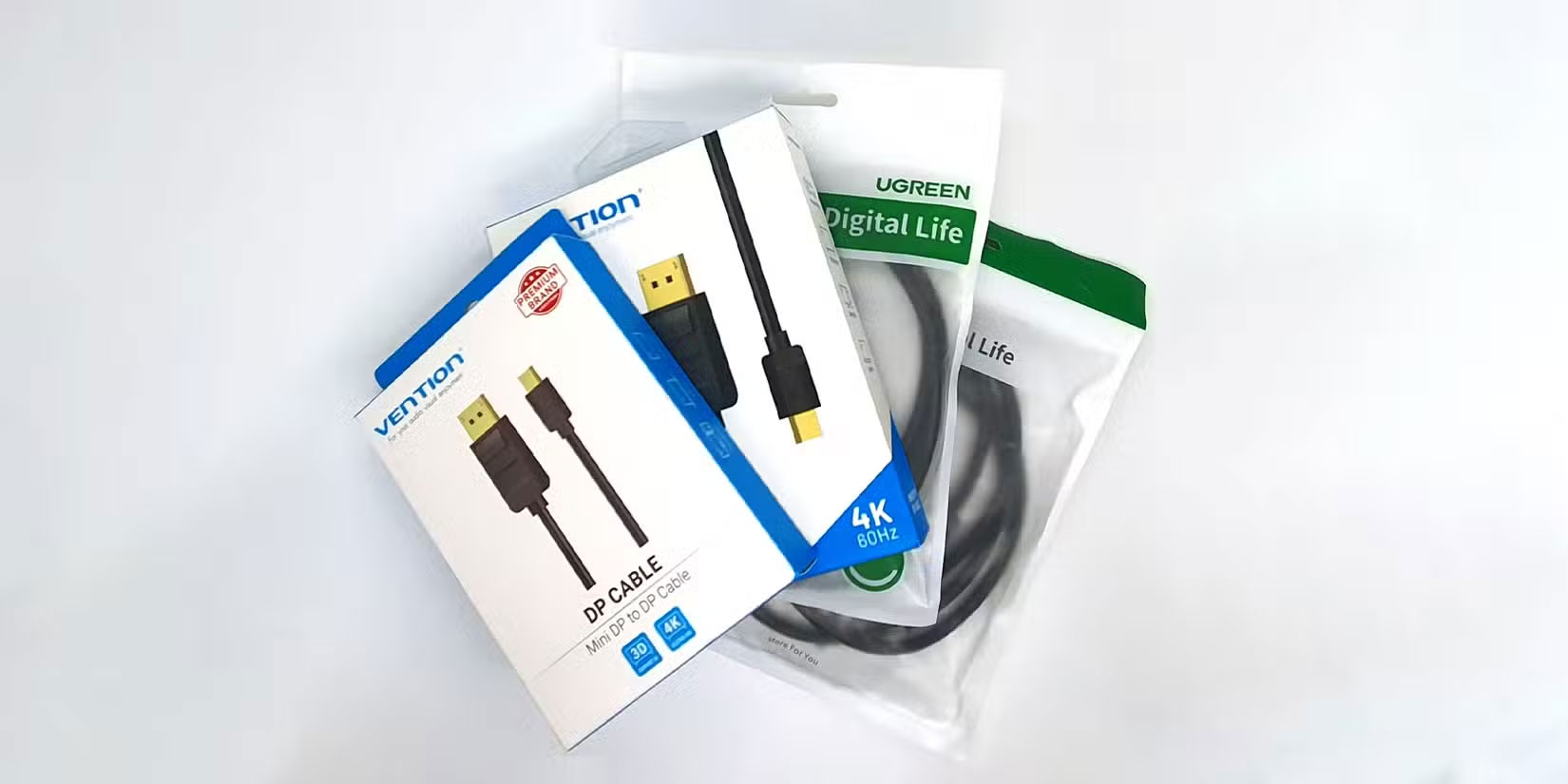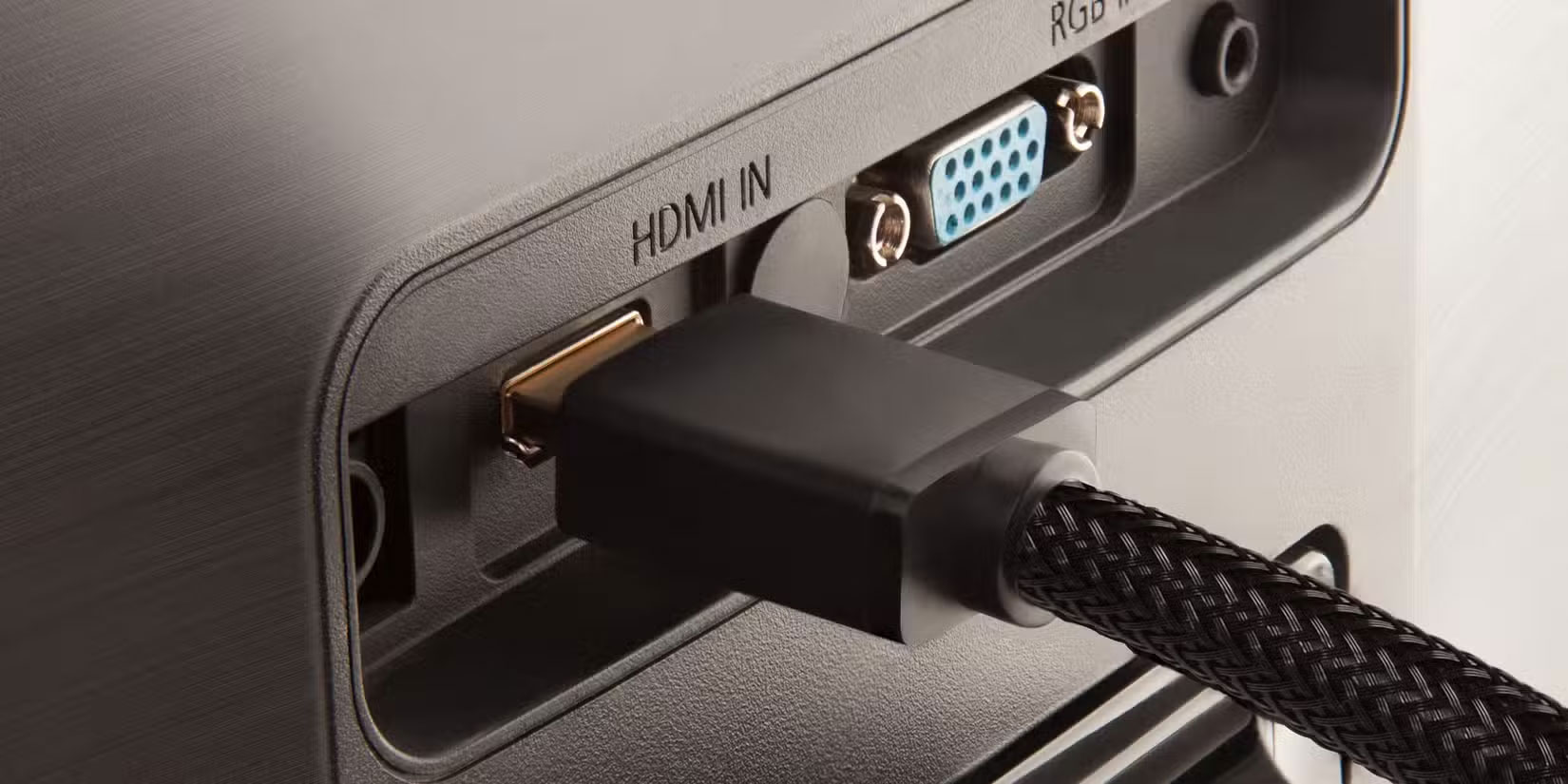How to Improve Smart TV Picture Quality by Replacing HDMI Cable
Even if you spend a lot of money on a gorgeous 4K HDR Smart TV, you're not guaranteed a great picture. But before you blame your TV or streaming service provider, check your cables! Outdated or poor-quality connections often clog your viewing experience, and a simple upgrade can transform your Smart TV 's picture .
How do cable types and versions affect TV performance?
Choosing your cable shouldn't be an afterthought. The type of cable you use and the version it supports can make or break your viewing experience.
HDMI for general viewing purposes

HDMI is the most common cable type for TVs, ARC-enabled soundbars, and streaming devices. But not all HDMI cables are created equal. The version supported by the cable and device determines how much data can be transmitted from the source to your display. Here's a quick guide:
| HDMI version | Year | Maximum bandwidth | Key Features | Best for |
|---|---|---|---|---|
| 1.4 | 2009 | 10.2 Gbps | 4K at 30Hz, ARC basic, 3D support | Old Blu-ray player, cable box |
| 2.0 | 2013 | 18 Gbps | 4K at 60Hz, HDR10, better colors | Stream, modern consoles, most 4K TVs |
| 2.1 | 2017 | 48 Gbps | 4K at 120Hz, 8K, eARC, VRR, ALLM | PS5, Xbox Series X, high-end soundbars |
HDMI cables also carry audio. ARC (Audio Return Channel) lets your TV send audio back to your soundbar or AV receiver using the same HDMI cable, which is handy for built-in streaming apps. ARC is limited to compressed audio, while eARC (Enhanced Audio Return Channel)—only available on HDMI 2.1 ports—lets you enjoy high-quality, uncompressed audio like Dolby Atmos and DTS:X. Both your TV and audio device need to support eARC, and you'll need an HDMI 2.1 cable.
ARC supports compressed surround sound formats like Dolby Digital Plus (including compressed Atmos), while eARC supports uncompressed audio formats like Dolby TrueHD and DTS:X
DisplayPort for gaming

If you're gaming on a monitor, DisplayPort is generally better than HDMI due to its support for higher bandwidth and refresh rates. But for TVs, HDMI is your only real option. However, DisplayPort handles higher refresh rates and resolutions, making it perfect for gaming and creative work.
| DisplayPort Version | Year | Maximum bandwidth | Key Features | Best for |
|---|---|---|---|---|
| 1.2 | 2010 | 17.28 Gbps | 4K at 60Hz, seamless connection | Basic office and gaming setup |
| 1.4 | 2016 | 25.92 Gbps | 4K at 120Hz, 8K at 60Hz (with compression), HDR10 | High speed gaming, creative work |
| 2.1 | 2019 | 77.37 Gbps | 8K at 120Hz, 16K at 60Hz, Enhanced VR | Advanced display, suitable for future use |
DisplayPort 1.4 is the ideal choice for most people, offering 4K at high refresh rates and HDR. Like HDMI, your cable needs to match the version your device supports. Using an older or uncertified cable can limit refresh rates, resolution, or even cause flickering and signal loss.
Thunderbolt for portability
Thunderbolt isn't just for high-speed data transfers or laptop charging. Many new laptops and streaming devices that use Thunderbolt ports support DisplayPort video output, connecting you to monitors and even TVs for high-quality video. With the right Thunderbolt cable, you can get 4K at 60Hz or even higher, along with fast data transfers and serial connections for advanced setups.
| Thunderbolt Version | Year introduced | Maximum bandwidth | Key Features | Best for |
|---|---|---|---|---|
| Thunderbolt 3 | 2015 | 40 Gbps | USB-C connector, dual 4K@60Hz displays or single 5K@60Hz display, PCIe Gen 3, up to 100W charging, USB 3.1 | Modern laptop, eGPU, fast storage, 4K/5K display |
| Thunderbolt 4 | 2020 | 40 Gbps | USB-C, dual 4K@60Hz or single 8K@60Hz, stricter certification, PCIe Gen 3 (32Gbps), up to 100W charging | Latest laptops, professional displays, reliable charging docks |
| Thunderbolt 5 | 2024 | 80 Gbps (up to 120 Gbps with Bandwidth Boost) | USB-C, three 4K@144Hz or two 8K@60Hz, PCIe Gen 4 (64Gbps), up to 240W charging, DisplayPort 2.1, USB4 v2 | Next-gen workstations, 8K multi-displays, advanced content creation |
Remember that Thunderbolt and USB-C are not the same thing. Although Thunderbolt uses the USB-C interface, not all USB-C devices use the Thunderbolt specification.
Things to Check Before Buying a New Cable for Your TV
Before you buy a new cable, take a few minutes to make sure you're buying the right type of cable for your needs—whether it's HDMI, DisplayPort, or USB-C.
Know what your device supports

Check the specifications for your TV, monitor, soundbar, game console, or streaming box. The device with the lowest version number will be your limit. For example, if your TV supports HDMI 2.1 but your streaming device only supports HDMI 2.0, you'll be limited to HDMI 2.0 features. The same rule applies to DisplayPort and Thunderbolt—your cable can't unlock features that the device doesn't support.
Find the right certification
Don't rely on vague claims on packaging like "4K compatible." For HDMI, look for "Premium Certified" for HDMI 2.0 or "Ultra High Speed" for HDMI 2.1 features like 4K at 120Hz or eARC audio. Certified HDMI cables will have a hologram or QR code for verification. This is especially important for ARC and eARC—only certified "Ultra High Speed" HDMI cables guarantee the full eARC experience.
For DisplayPort, choose a VESA-certified cable with a bandwidth rating like DP40 or DP80. These numbers indicate how much data the cable can handle, which is important for high refresh rates and resolutions.
If you're using Thunderbolt for 4K or higher, make sure your cable is rated Thunderbolt 3, 4, or 5 and supports DisplayPort video output. Look for the Thunderbolt logo and double-check the specs for high-speed data and video support.
Double check connector type and compatibility

There is a full-size DisplayPort and a Mini DisplayPort. Thunderbolt uses the same connector as USB-C, but not all ports or cables support all features. Always check your device's port type before buying, and for Thunderbolt, confirm that your device supports video output.
Consider cable length and quality
Short cables (under 3 meters) usually work well for high resolutions and refresh rates. For longer distances, consider using optical cables to keep the signal strong. For Thunderbolt, use short, certified cables for best results.
Beware of misleading marketing
Ignore vague claims like '4K support' without any specifics. Some cables say '4K' but only deliver 4K at 30Hz, which can cause stuttering in gaming, but most will be fine for TV and movies. Look for a clear version number, bandwidth rating, and certification label.
Matching the cable type and version to your device will give you the full 4K HDR experience you paid for. Whether you're gaming, streaming, or just watching your favorite show on your Smart TV, the right cable will make everything look and sound better. Don't let old or cheap cables hold you back – upgrade and enjoy your TV or monitor the way it's meant to be enjoyed.
 Not All HDR TVs Are Equal: Here's What Budget-Constrained Buyers Need to Know!
Not All HDR TVs Are Equal: Here's What Budget-Constrained Buyers Need to Know! How to fix basic dishwasher errors
How to fix basic dishwasher errors How to Change DNS Settings on Smart TV
How to Change DNS Settings on Smart TV 6 Weird But Useful Things You Can Do With Your Smart TV
6 Weird But Useful Things You Can Do With Your Smart TV How to clear Smart TV cache
How to clear Smart TV cache How to Save Money When Upgrading Your Smart TV
How to Save Money When Upgrading Your Smart TV